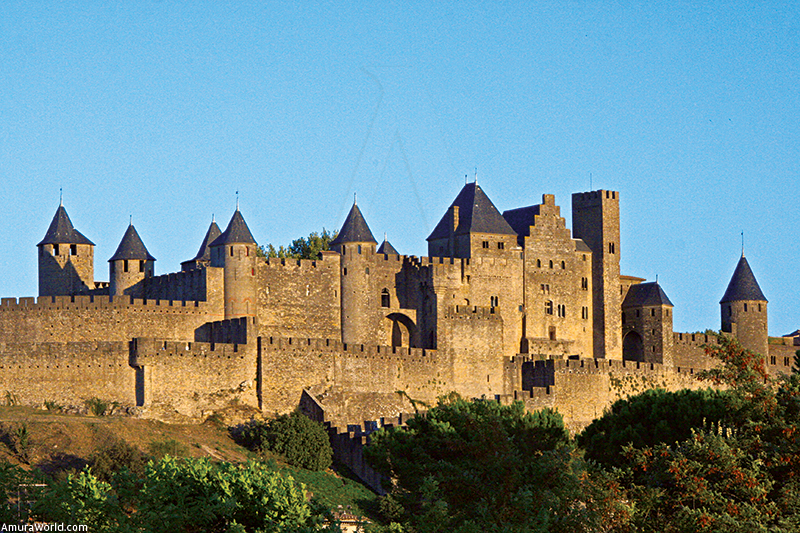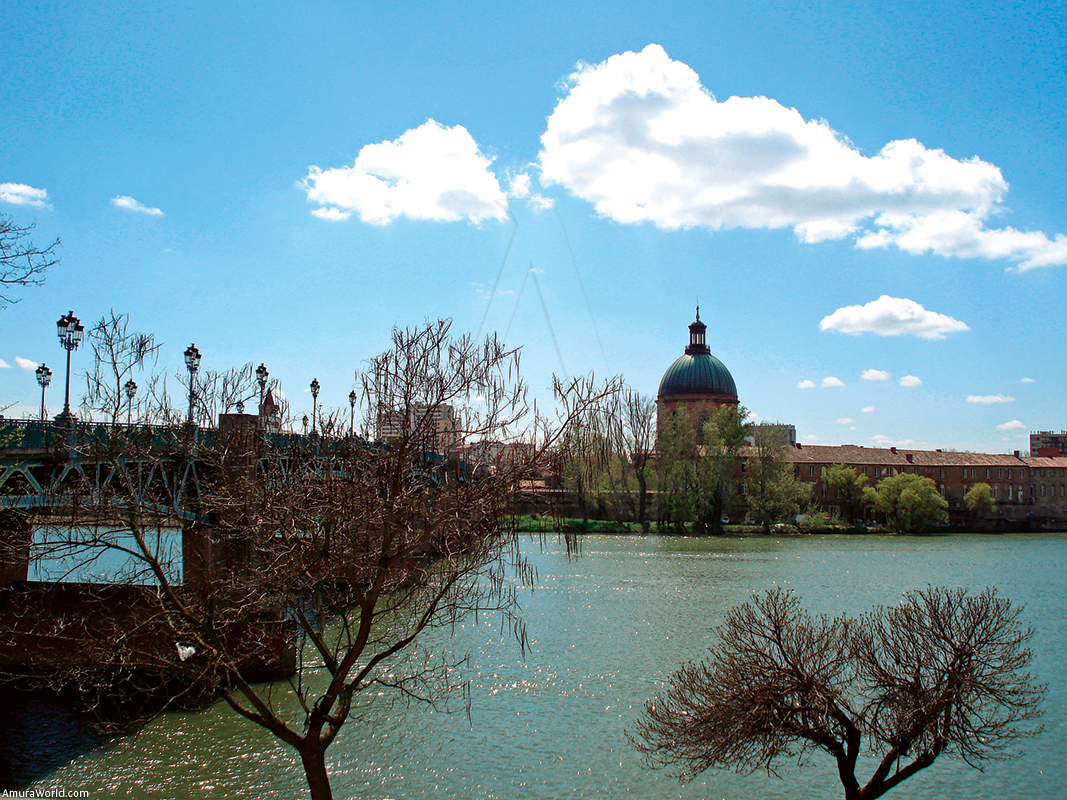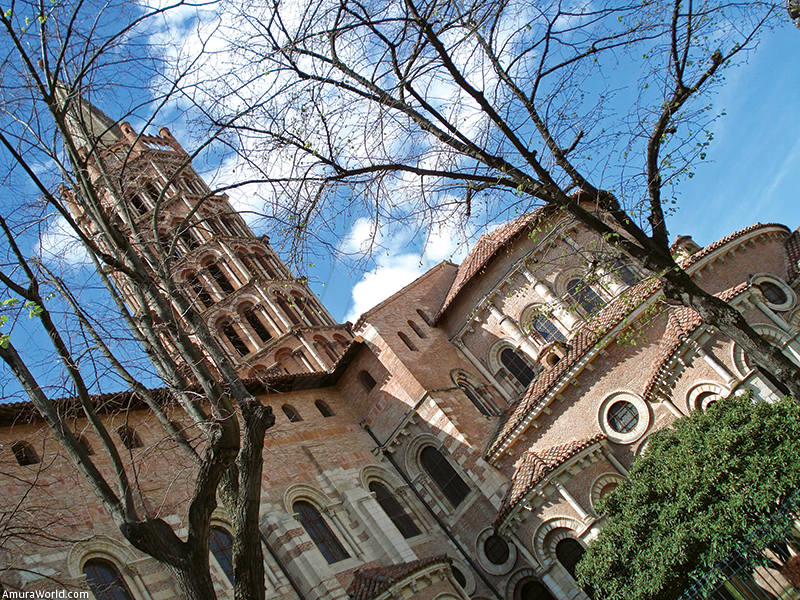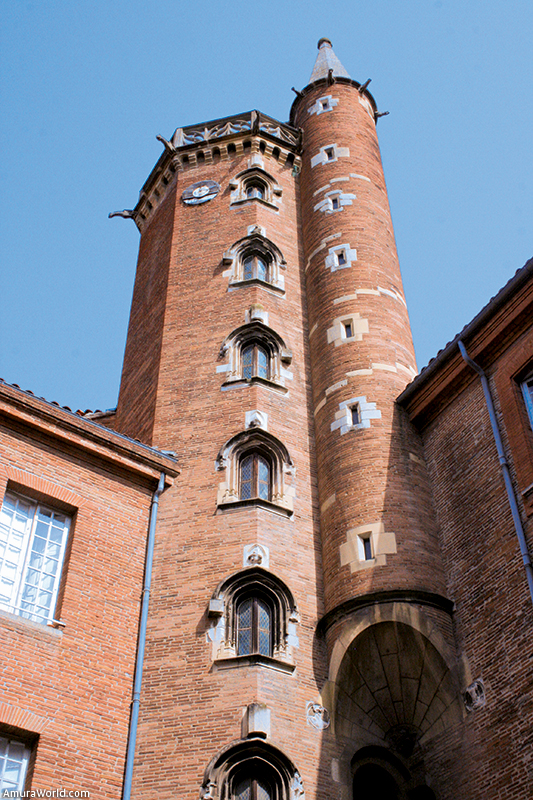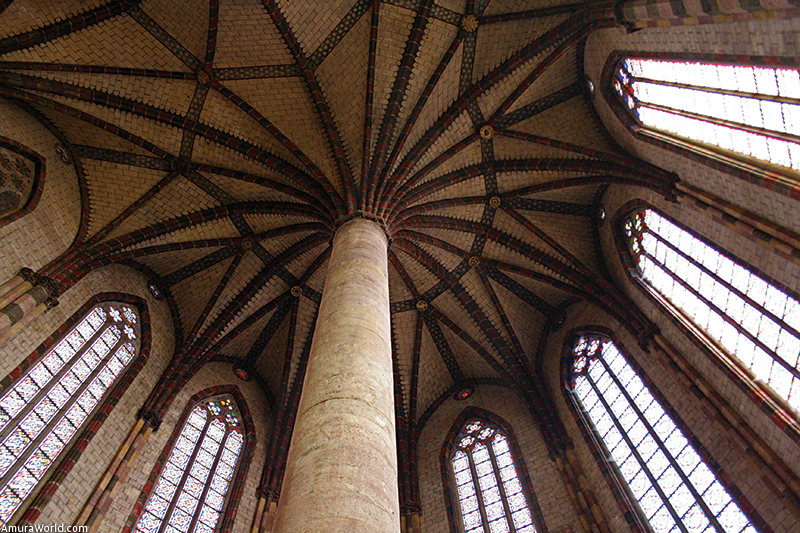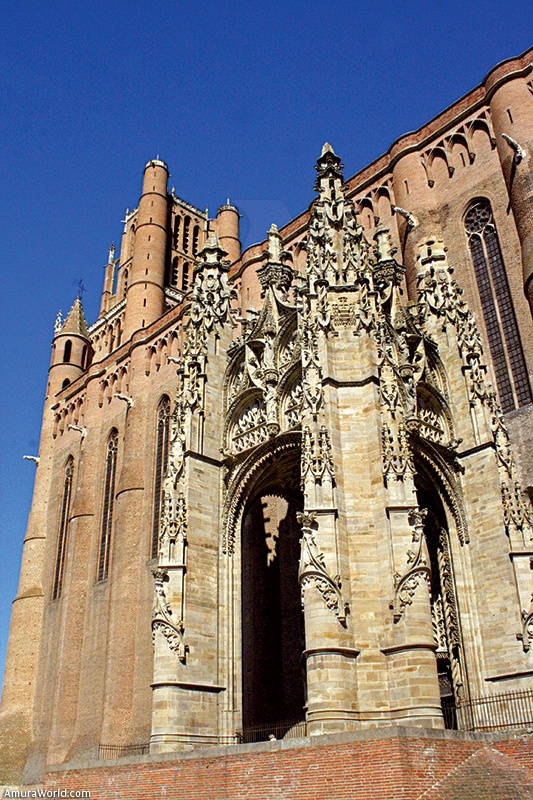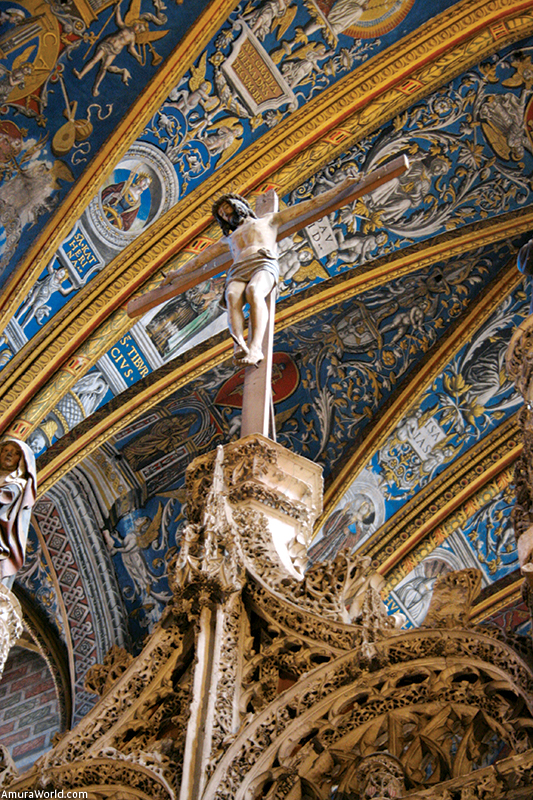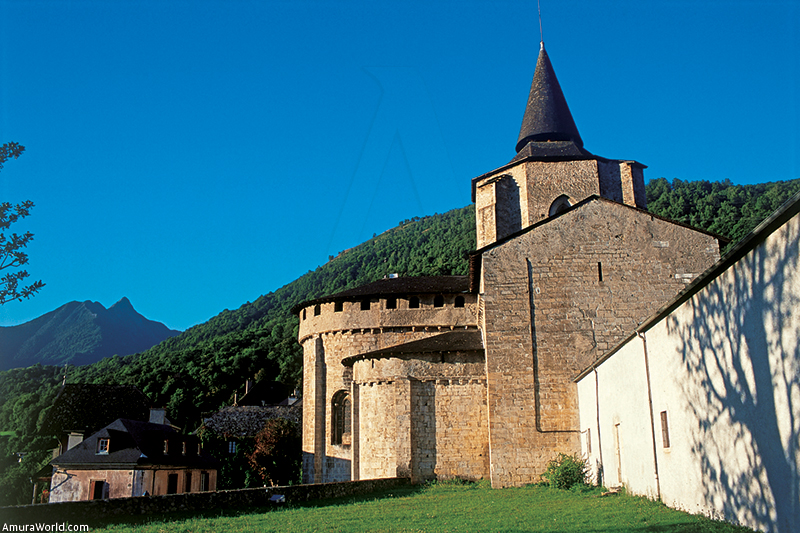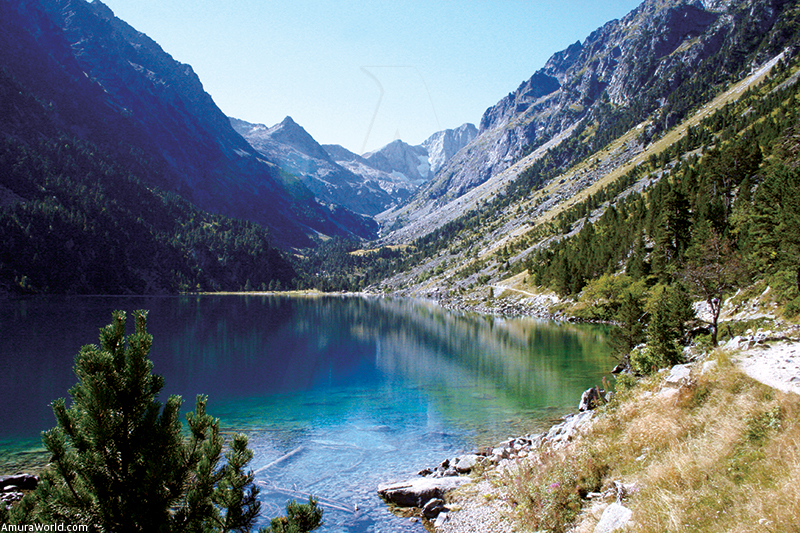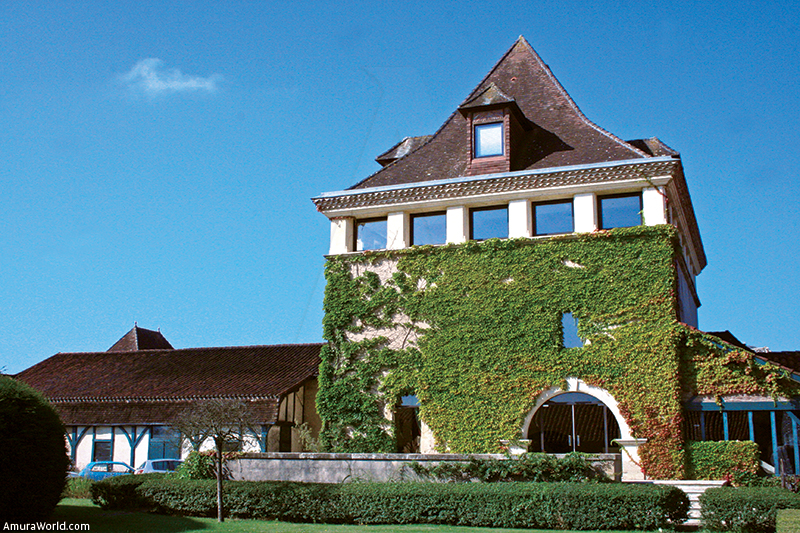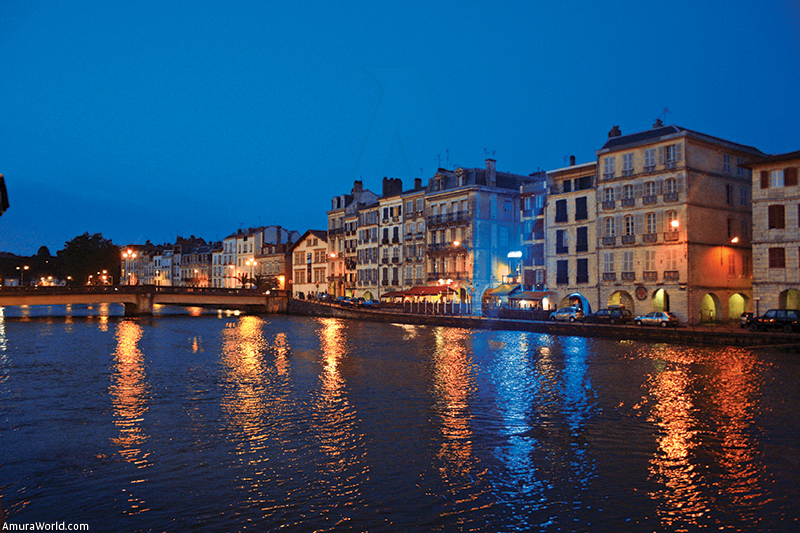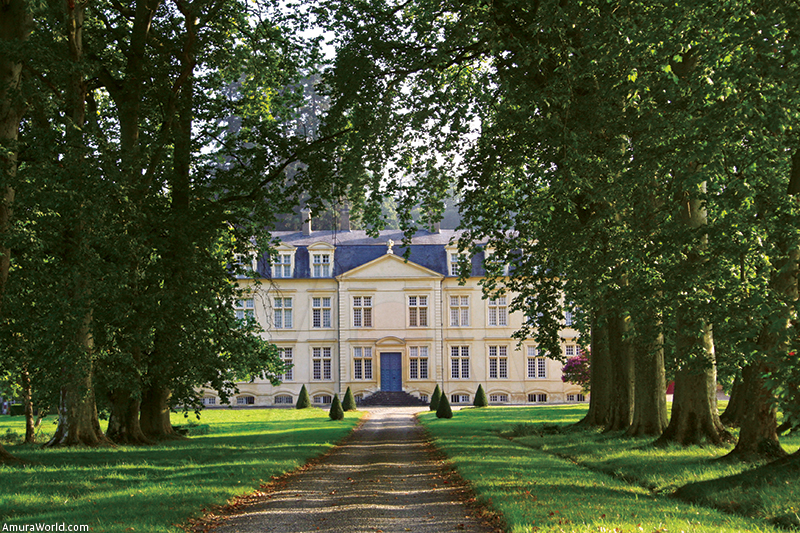Bayonne, Toulouse, Lourdes, Carcassonne
By the Midi Channel and the southwest of France, a region full of charm from Languedoc to the Basque Country. The southwest of France, surprises and charms fill the route that take us to navigate by the famous Canal du Midi, to travel by train to discover cathedrals, walled villages, Lourdes and the Pyrenees, to the bullfights of the French Basque Country. It is a region that hides richness in its superb landscapes, exquisite gastronomy, grand luxury hotels, whose inhabitants welcome with warmth and at ease for the party, in love with their regions and its culture.
Carcassonne, Medieval Walled City
“La Cité” raises its medieval silhouette on top of a hill that dominates the open country covered with vineyards that undulates at the feet of the mountain mass. After the Gallus, the Romans occupied the place a from the IIIrd century, providing the citadel with a beautiful wall, which enlarged with the centuries, and the castle was built in the XIIth century by the Trencavel viscount.
Conquered by Simon de Montfort in the XIIIth century is attached to the kingdom of France and its fortifications were improved, unconquerable fortress in the frontier between France and Aragon. The Pyrenees Treaty which ties the Roussillon to France in 1659 overcomes its strategic importance and the people transfers their residency to the lower city, at the bank of the Aude River, called La Bastide, the citadel declines, it deteriorated until it was restored at the end of the XIXth century.
The castle rises in the center, authentic fortress surrounded by a moat, around from which the houses are piled up caressed by the alleys that get lose, shut in within the first wall, this one protected by the second wall, both with their buttress, its fortified towers, its monumental doors.
It is a real ride in time, taking the imagination by the old stones inhabited by restaurants, boutiques and hotels. The hotel la Cité is accommodated in several ancient houses, its gardens are contained within the wall, its atmosphere seduces and its soul wins you forever offering a stay inside the city’s history.
The old bridge, at the foot of the Narbonne door, carries the Bastide Saint Louis, formerly protected by its XIVth century wall, which is decorated with beautiful country houses, its fabulous gothic style cathedral, its market and it’s Canal du Midi. Carcassonne is in fact two cities filled with charm, different, separated, which allow walking in two different worlds.
The Canal du Midi
Exceptional work of art realized by Pierre-Paul Riquet in the XVIIth century with his own money and the donations he was able to get, the Canal du Midi allows to navigate from the Atlantic to the Mediterranean, merging the Garonne River in Toulouse with the Mediterranean.
An ingenious water reserve system allows feed it, detouring the waters towards the two seas from a dam in Black Mountain, creating the lake of Saint Ferréol.
Its construction started in 1667 and it was inaugurated the 24th of May of 1682, two years after Riquet died. The vessels were pulled with horses that walked by the pulling path, and it took four days to cover the 240 km of the channel, which crosses a relief that rises up to 190 m, thanks to 63 locks.
It is possible to rent “péniches”or house boats, boats with a flat bottom, and to travel across the channel at its own rhythm, from the city of Seth, with its lagoons to Toulouse. Navigating through the channel is one of the most beautiful experiences which lead us to admire the scenery, in the shade of the lush trees, discovering charming villages, beautiful corners of the open country where the vineyards vibrate on top of the hills.
Passing through the locks is a great experience: we presented in the “bief” downstream, being the door open, it penetrates into the “sas” or airlock where the boat is tied, and the “sas” is filled up, the level rises and the boat with it. When the water reaches the upper level is enough, the door to enter into the upstream “bief” opens.
The “éclusier” or lock keeper is the man that directs the locks, handles the door, but one of the navigators has to go down to land before passing through the lock to tie up the boat.
The adventure is exquisite, a team work within a fabulous landscape. We navigate from Trèbes to Carcassonne very carefully, passing the locks, and we continue with our calmed navigation up to Toulouse.
Toulouse, the pink city
Arriving through the channel implies navigating by a shady portion that penetrates in that haughty city, rich in monumental works of art. We tied up in the harbor of the channel to begin to discover this ensemble built in bricks, so called The Pink City.
The Capitol rises aside from a beautiful square where the cafés, restaurants such as the “Jardin de l’Opéra”, hotels such as the L’Opéra, and business coexist. Its elegant facade, flanked with eight columns made of pink marble, its Henri IV patio and it’s Illustrious Hall with its golden adornments and its grandiose paintings rival in beauty.
The Donjon is the tower that dates from the XVIth century, vestige of another epoch with its belfry in slate. The Basilica of Saint Sernin Basilica, considered as the greatest Romanesque building in the West surprises by its size, its arrogant silhouette and the splendor of its nave. Built in the XIth century in bricks, its Roman sculpted capitals, its arches, its crypt with the treasure room are fascinating and the basilica is an unavoidable time in the way to Santiago de Compostela.
The church of the Jacobins and monastery, founded by the Dominicans in the XIIIth century are a magnificent example of monastic construction in brick, jewel of the Gothic art of Languedoc. In the church you may admire the amazing palm of 22 flying buttresses that hold the polygonal heart and finishes the row of central columns, and the cloister adorns with a beautiful set of arcades.
In Toulouse what stands out is a walk by the riverside of the Garonne, where we could navigate a moment, the cathedral of Saint Etienne, the special hotels with its patios (Bernay with its octagonal staircase, Pierre d’Assénât which accommodates the Bamberg collection, Clary, du Vieux Raisin), the amazing church of Our Lady of the Daurade which houses the miraculous Black Virgin in its interior of golden mosaics.
Toulouse is an impressive architectonical jewel that hides within its alleys full of people, of business, of exquisite restaurants such as la Corde, of gardens and squares.
Albi, its Cathedral and the Medieval Villages
The Sainte Cécile cathedral raises its imposing silhouette on top of the hill that dominates the Tarn River crossing by its bridges. Real brick fortress Gothic medieval style, is one of the monumental brick ensembles most powerful of the world, where the severity of its architecture contrasts with the sumptuous interior decoration that makes of it the greatest painted cathedral of Europe thanks to those Renaissance paintings.
Built between 1282 and 1480, its bell tower reaches 78 m and the Dominique de France porch and baldachin were added later on. The colorful paintings of the vault of the Italian Renaissance style illuminate the construction, the Final Judgment fresh impresses by its heaven scenes, the earth and the hell. Before it covered 200 m2, the organ realized by Christophe Moucherel in the XVIIIth century is considered as one of the most beautiful of France for its decoration and size, the “Jubé” or chorus closure is a real stone lace of flaming style enhanced of 200 superb polychromatic statues.
The castle of the Berbie (Bisbia in Occitan, which means episcopate), one of the oldest castles and better preserved of France, is today venue of the Toulouse-Lautrec museum, famous painter native from Albi. The important collection represents its emblematic work that varies according the time in its life. The architecture of that castle of the XIIIth century is characterized by a homage tower flanked by four angle towers, wide walls of 7 m, walls, with its interiors remodeled to the Renaissance style and gardens designed in 1678.
The well conserved old part of town, of bricks and red tiles, welcomes with its medieval atmosphere and invites to discover: the collegiate church and the cloister of Saint Salvy (474-584) which associate the Romanesque and the Gothic; the lordly houses (XVth-XVIth century) with its round or square towers, its loggias or Italian galleries, its mullioned windows, its patios, witness of the richness of the city due to the “pastel” commerce, that small color pencil used by artists and specially the indelible blue created from the plant “Isatis Tintoria” present in the region and was going to contribute to its enrichment in the XIIth century; the market square, the alleys with their medieval hunts, the Old Bridge that dates from 1035.
Near of Albi, visit the charming medieval villages which bring life to the open country where the grapes produce the excellent regional wines: Gaillac with its wines and the abbey of Saint Michel; Cordes sur Ciel, medieval city raised in 1222 on a crag, with steep streets, fortified doors, gothic palaces and its excellent hotels and restaurants such as “Le Grand Ecuyer”; Castelnau-de-Montmirail and its arcades square; Cahuzac-sur-Verre with its stone houses.
Lourdes and the Pyrenees
Our tour in the southwest took us to Lourdes, beautiful city dominated by its strong castle at the foot of the Pyrenees. On February the 11th of 1858, the Virgin Mary, in a cave, made an apparition to Bernadette Soubirous while taking her lambs for a walk.
Little by little the apparitions attract people, but only Bernadette sees her, talks to her until on March 1st the first miracle occurs when Catalina Latapie cures her dislocated arm getting it wet in the spring water. In the 18 apparitions that took place until the 16th of July the sick started to drink the spring water or bathing in it and many miracles occurred. Illnesses resilient to the best treatments disappeared for ever.
A chapel was built; Bernadette takes the habit in Nevers the 29th of July of 1866, where her life will end in 1879, while Lourdes becomes a very important pilgrimage center in the Christian world. The sanctuary impresses by its mystical beauty with its basilica raised on the rock that accommodates the cave and the spring, the Gave River which crosses it, the buildings and hospitals of the congregations, the processions, the underground basilica, the Marian procession in the nights followed by the mass in the cave.
But Lourdes is something more. Located at the door of the valley that leads to Argelès-Gazost we find numerous places like Cauterets or Barèges de Bigorre, where people comes to “take the thermal spring”, with its elegant constructions, testimony of other times and where Napoleon III went.
The excursions take us to walk inside fabulous sceneries: Cirque de Gavarnie with its cliff, that contains a beautiful valley where streams and sheep run, decorated by cascades and glaciers; the fortified church of Luz-Saint-Sauveur; the numerous cascades of the Bridge of Spain, where the path takes us to the beautiful lake of Gaube in which the mountains reflect in its crystal water; the Romanesque abbatial church of Saint-Sabin, where we can admire the Roman sarcophagus of Saint Sabin and discover the charm of the town in which you dine exquisitely with the chef Saint-Martin; the harbor of Tourmalet famous in the “Tour de France” on bicycle; the observatory of the Pic du Midi where you access by the cable car and from which the view over the Pyrenees is shocking, superb; Campan with its straw dolls and dresses called “mounaques”, in each window or balcony; the Val d’Azun with its traditional stone houses, its churches as Notre Dame de Pouey Laün or in Aucun, Arras-en-Lavedan and Bun until arriving to the Estaing lake (1,161 m) enclosed among the mountains that we look in its surface; visit the vineyards of Jurançon or Madiran such as the Chateau Montus o Chateau Bousasse, property of Alain Brumont that just receive a prize; discover the bourgeois city of Pau or play golf, as well as its Sanctuary. Lourdes is a region that keeps surprising, seducing and entertaining.
Bayonne and Dax, Games of Bulls and Cows
Rich, of an exceptional historical patrimony, Bayonne is the cultural capital of the French Basque Country, inviting to walk by its lively alleys, its walk by the riverside of the Nive River and the Adour River where we navigate in canoe. Its wall protects the center since fifteen centuries ago, its cathedral raises its Gothic towers besides the astonishing cloister, and we visit the old castle, the wine cellars, the Saint Esprit Quarter with its collegiate church, its synagogue, the fort. Bayonne is a city proud of its past that goes back to the Romans. Its traditions are its glory: the bullfights, the cured ham, the Jai Alai, the good life, the joy and the fine dine.
Our goal was the bullfights in Bayonne and Dax and was an authentic prize: Enrique Ponce, Javier Castaño, and Cesar Rincon. Dax is located in the region of the Lahndas, ancient Roman square with its hot water fountain, where it keeps gushing the burning water and its springs are famous. “Bull and salsa” was the emblem in this season, appreciating the best bullfighters and the superb salsa groups that arrived from the Caribbean. A real party environment with Latin flavor, with the pleasure to have fun.
The Lahndas offer precious landscapes with beautiful villages among the hills, and we discovered another kind of fiesta Brava with the “pasture cows”, where you fight with the cows and jump over their horns, truly an original show. Foie gras, duck confit, great wine, exquisite desserts are at your service and we could not leave the region without passing through the beach of Biarritz, the city dominated by its hotel “Le Palais”, where life goes by as in times of Napoleon III and discover “L’Auberge Basque”, where the chef Cedric Béchade invite us to discover the elegance of its cuisine.
The southwest of France is a region of great charm and full of surprises, of seductive spots, fortresses that surprise, villages that win the heart, traditions that conquer. The bullfights of Bayonne and Dax are a history by itself, an unknown custom that screens with all the lights that shine when the outfits of the bullfighters sparkle. It is an unforgettable trip, where nature joins with the mysticism, the party to the great food, the history to the stones of the past.
Text: Patrick Monney ± Photo: Getty Image, Patrick Monney, www.flickr.com


